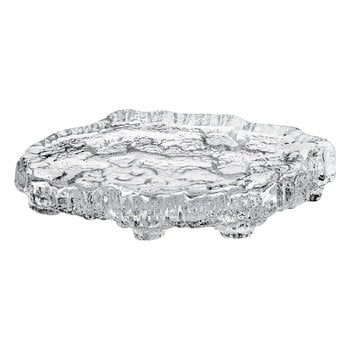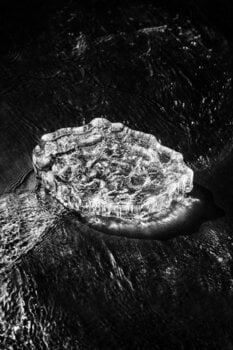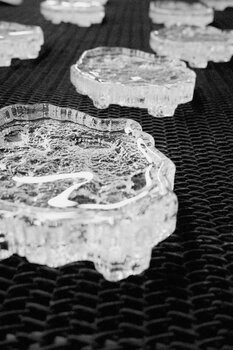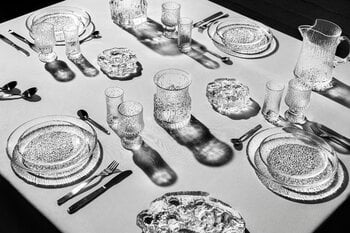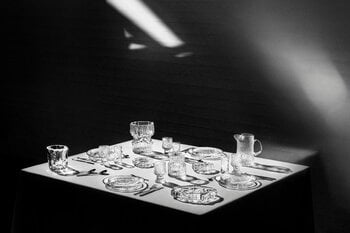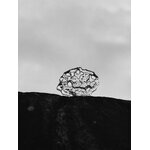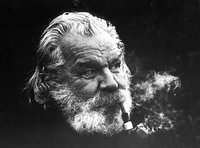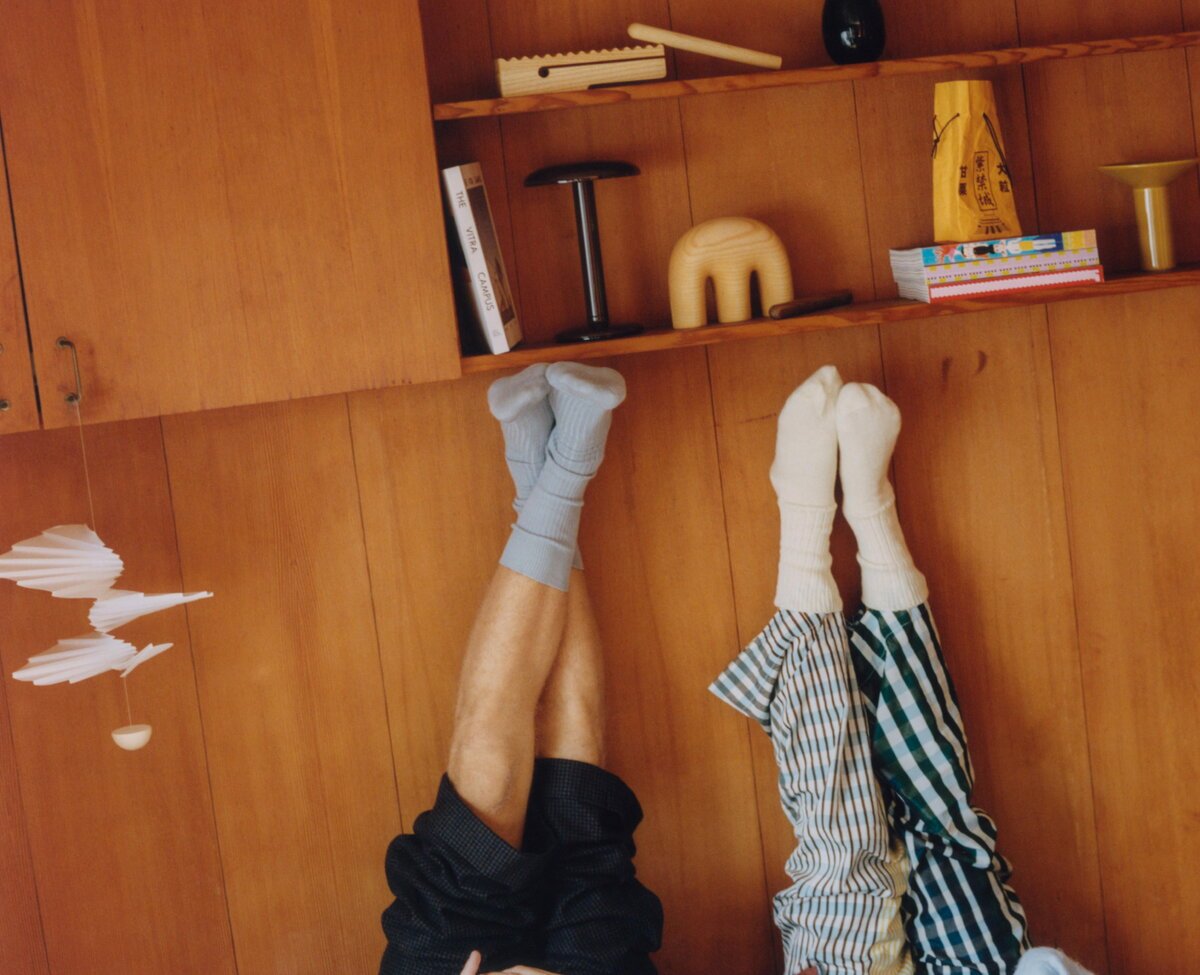
Tapio Wirkkala (1915-1985) can be described as one of the icons of Finnish design and a symbol of the international success of postwar Finnish design. He was a versatile designer and artist who could shift fluently between different materials and crossed established professional boundaries: he worked on everything from refrigerators to banknotes and from furniture to striking jewels. The most important materials for Wirkkala were wood and glass – he never ceased to explore the possibilities they offer.
Tapio Wirkkala studied sculpture at the Helsinki Central School of Industrial Design from 1933 until 1936, but he was also a self-studied artist in many areas, including glass design. His success as a glass artist began in 1946 when he designed one of his most famous works, the Kantarelli vase, for Iittala. Wirkkala gained worldwide success in 1951 at the Milan Triennial, where he received three Grand Prix awards: for the exhibition architecture, glass design and wooden sculptures. Many of his glass works for Iittala were awarded also later in the 1950s at the Milan Triennial. In the years 1951-1954, Wirkkala worked as the artistic director of Helsinki Central School of Industrial Design. In 1955 he received a Pro Finlandia medal and in 1972 the Academy of Finland's honorary title of academician.
The first mass-production glassware range designed by Wirkkala was the Tapio series launched in 1954. The popular Ultima Thule glassware range, created in 1968, was based on the so-called ice glass technique, and the designer himself was involved in developing it at the Iittala glass factory. Wirkkala received also important commissions from abroad: in the mid-1960s he started to design glass objects for Venini Glassworks in Italy, where he created the Bolle bottles for the Venice Biennale collection in 1966. One of Wirkkala’s most important commissions abroad was the work at the Rosenthal porcelain factory in Germany: he worked as a freelance designer for Rosenthal for almost 30 years, and the most important result was the Paper Bag vase (1977), still today one of Rosenthal’s best selling products.
Tapio Wirkkala was also a furniture designer and a sculptor. He started his career as a sculptor in the 1930s, but abandoned the traditional sculpture in the post-war years – in the early 1950s, alongside with other works, he started to develop an entirely new relationship with sculpture and a new technique to be used. The result was a series of unique plywood sculptures which combined form and movement in the vibrant, densely lineated surface of plywood. Wirkkala’s sculptures represented exceptional abstractism and gave Finnish sculpture art a new direction at a time when the official line preferred monuments and heroic sculptures.
View all products
